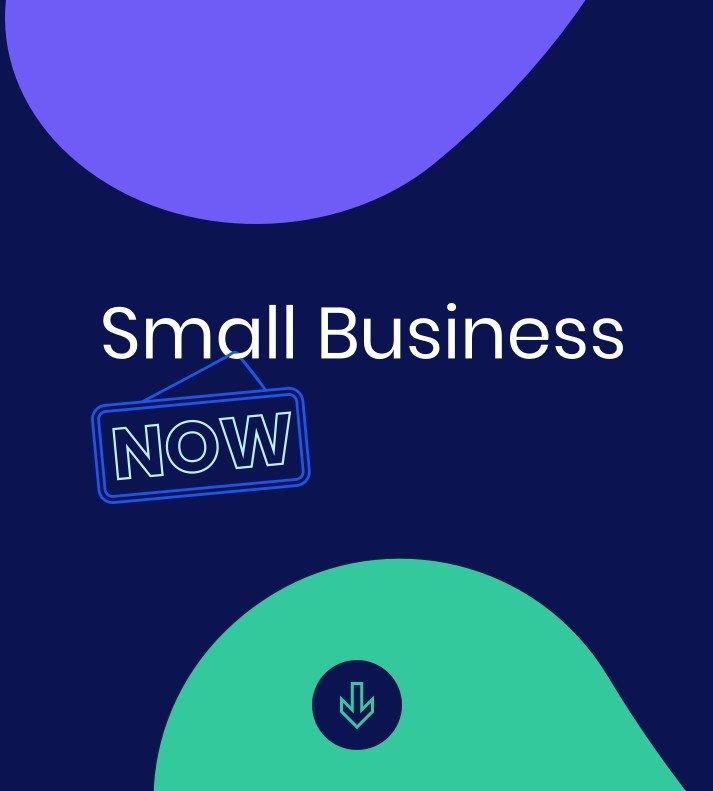Constant Contact’s First Annual Small Business Now Report Reveals Disconnect Between Small Businesses and Consumers
- Study outlines four key areas where small businesses can improve the way they engage with consumers and drive more business results
Constant Contact, an established leader in o***************, released its inaugural Small Business Now report, which evaluates how well small businesses are engaging with consumers online. With insights from over 2,000 consumers and small business leaders, the report indicates that the two sides are often on different pages about what content, communication methods and online experiences are most valuable.

After navigating the effects of COVID-19 for more than a year, 84 percent of small businesses feel confident that they know what their customers are looking for. However, Constant Contact’s study reveals that consumers often disagree. This disconnect presents an opportunity for small businesses to better understand exactly what consumers want, and ultimately, drive more results for their business.
Recommended AI News: Top 10 Martech Platforms Every Marketing Team Love Having In Their Stack
“Our findings show that small businesses still have some work to do when it comes to understanding what’s most important to their customers, and how to efficiently deliver value through their marketing efforts,” said Laura Goldberg, Chief Marketing Officer at Constant Contact. “Consumer behavior is going to keep changing, but there are clear and realistic ways small businesses can keep pace and make their marketing work for them. Small Business Now provides small business leaders with data-backed recommendations for how to close that gap and develop more meaningful relationships with their customers.”

The four areas of opportunity for small businesses to better align with consumer preferences include:
A Social Disconnect: Small businesses are relying heavily on social media to drive financial results, but consumers say that channel isn’t where they typically buy.
- Small businesses are most likely to use social media to promote themselves online (63 percent of respondents) and 24 percent say it was their most critical marketing channel to drive business during the pandemic
- While 45 percent of shoppers say social media is effective at grabbing their attention, they are much more likely to buy following an email or a text – 34 percent cited email as the most helpful method of communication when considering a purchase, while 30 percent cited text messages
Mixed Messages: Small businesses feel confident in knowing their customers, but most are not communicating what, or how, those customers prefer.
- 84 percent of small business are very or extremely confident they know what their customers are looking for and, as such, 73 percent feel their current o*************** strategy will help them achieve their business goals
- Most small businesses believe emails checking in on a customer’s well-being are the most likely type to lead to a sale – 47 percent have sent such a note in the past four months
- However, 40 percent of consumers say emails checking on their well-being don’t influence their purchasing decisions – instead, emails with a clear discount code or coupon are most likely to be opened (77 percent) and lead to purchase (67 percent)
Modernizing Marketing: Small businesses could be leveraging cutting-edge technologies to save time and give consumers the content they expect: fewer, more personalized emails.
- 30 percent of small businesses see time savings as one of the greatest benefits of modern marketing technologies, behind only improving customer communications (32 percent) and building stronger relationships (30 percent)
- 72 percent of small businesses say it takes between one and four hours to create an email campaign, and 56 percent say it takes them more than three hours
- 33 percent of consumers feel overwhelmed by the amount of communications they receive from small businesses
- 28 percent of consumers trust small businesses who offer a personalized customer experience
The Ecommerce Transformation: Brick-and-mortar is thriving today, but ecommerce is the new baseline for shoppers.
- Consumers say they currently do 60 percent of their shopping in-person, compared to 40 percent online
- 86 percent of consumers said they ordered something online in the past month, and 41 percent of consumers shop online more now than they did pre-pandemic
- 35 percent of consumers say an issue with a small business’s website, or the inability to buy online, would discourage them from shopping with that business
- Yet, 45 percent of small businesses still don’t have a website, and 43 percent of those with a physical store are not currently selling online

Comments are closed.